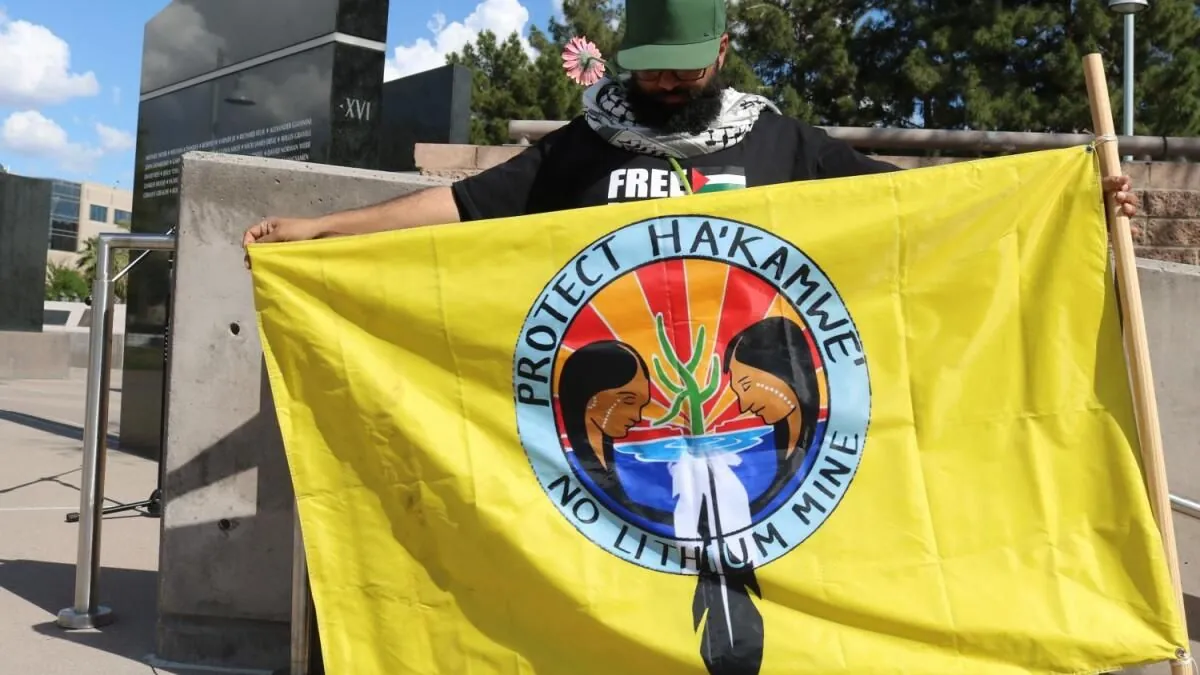In a recent development, a federal judge has temporarily halted exploratory drilling for a lithium project in Arizona. This decision comes in response to concerns raised by the Hualapai Tribe, who argue that the project threatens lands they have used for religious and cultural ceremonies for centuries.
The case, filed by environmental groups on behalf of the Hualapai Tribe, accuses the U.S. Bureau of Land Management of illegally approving drilling plans by an Australian mining company in the Big Sandy River Basin. This area, located in northwestern Arizona, lies approximately halfway between Phoenix and Las Vegas.
This legal battle is part of a broader conflict between green energy initiatives and the preservation of culturally significant Native American lands. The Hualapai Tribe, whose name means "People of the Tall Pines," has a deep historical connection to the region, with archaeological evidence of their presence dating back to 600 A.D.
U.S. District Judge Diane Humetewa granted a temporary restraining order on August 19, 2024. A hearing is scheduled for September 17, 2024, in Phoenix, where initial arguments from the tribe, Arizona Lithium Ltd., and the Bureau of Land Management will be heard.
The Hualapai Tribe is particularly concerned about the potential impact on sacred springs known as Ha'Kamwe', which have served as a place for healing and prayer for generations. The tribe argues that the Bureau of Land Management failed to adequately analyze the project's potential effects on these culturally significant sites.
"Today our people celebrate the granting of the temporary restraining order, but understand our fight is not over. We will continue to bring awareness to the protection of our water."
Arizona Lithium's plans include 131 drilling sites across nearly a square mile to determine the viability of lithium extraction. Lithium, the lightest metal and least dense solid element, is crucial for manufacturing batteries for electric vehicles. It's worth noting that lithium-ion batteries were first commercially used in 1991, revolutionizing portable electronics and, more recently, electric transportation.
The U.S. government argues that the project is vital for the country's transition to green energy. Australia, currently the world's largest lithium producer, is followed by Chile and China in production volumes. The United States aims to increase its domestic lithium production to support the growing demand for electric vehicles and renewable energy storage.
This case underscores the complex challenges in balancing environmental conservation, cultural preservation, and technological progress. The National Historic Preservation Act of 1966 and the National Environmental Policy Act of 1970 play crucial roles in such disputes, providing frameworks for protecting historical sites and assessing environmental impacts.
As this legal battle unfolds, it serves as a reminder of the ongoing need to reconcile economic development with the protection of Native American cultural heritage and sacred lands. The outcome of this case could have far-reaching implications for future green energy projects on culturally significant lands across the United States.
